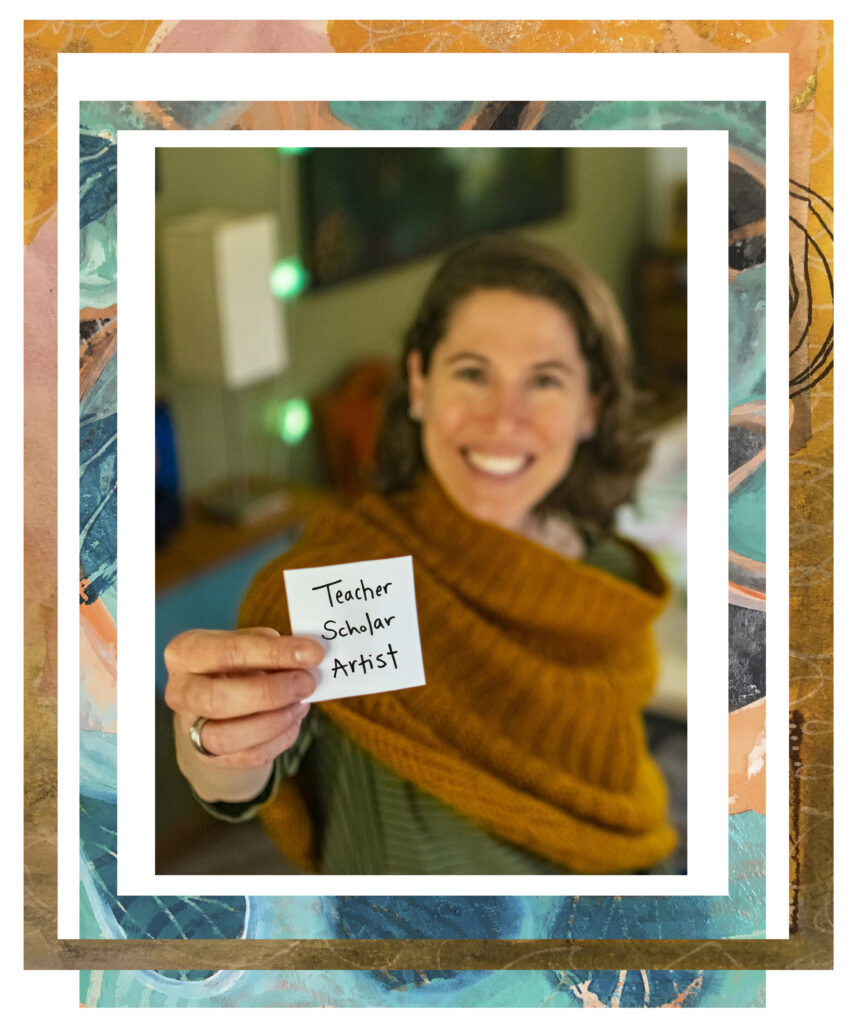Theresa is an award-winning teacher, widely-published media literacy expert, and creative maker. She brings a unique blend of credentials and the inquisitive spirit of media literacy to all she does.
Theresa is a teacher, scholar, and expressive artist living in the mountains of western North Carolina. Her primary role is Professor of Media Studies at Appalachian State University. Her areas of specialization include digital and media literacy, curriculum/instructional design, educational technology, and the arts.
Beyond Appalachia, Theresa is active in the field of media literacy nationally, engaging in scholarship and leadership to advance understandings of the complex intersections between communications, media, literacies, and education.
Before teaching in university, Theresa was a middle and high school visual arts teacher. In her art classroom, she incorporated learning and doing in the arts using a communications lens as often as possible. Her classroom was an early example of a media literacy infused curriculum.
Along with media literacy expertise, Theresa is a mixed media/multimedia artist whose works have received first and second place recognition in selected juried exhibitions. You can also find her artworks for purchase at regional art shows and exhibits as well as at Woolworth Walk Gallery in Asheville, NC. She offers classes, workshops, and mini retreats in visual journaling, mixed media, and other expressive arts processes for Craft Enrichment, a university-coordinated community craft program, and the Watauga Arts Council.
